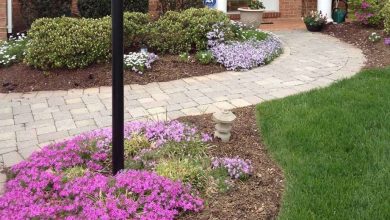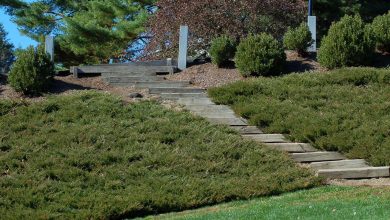
11 Best Hydrangea Tree Landscaping Ideas 2024
Hydrangea Tree Landscaping Ideas: Blooming Beauty for Your Yard
Hydrangeas are beloved for their stunning blooms and come in a variety of shrub forms. But did you know there’s also a type of hydrangea that grows as a small tree? The hydrangea tree, often referred to as Pee Gee hydrangea or Arborescens hydrangea, offers a unique way to add floral drama and lasting color to your landscape.
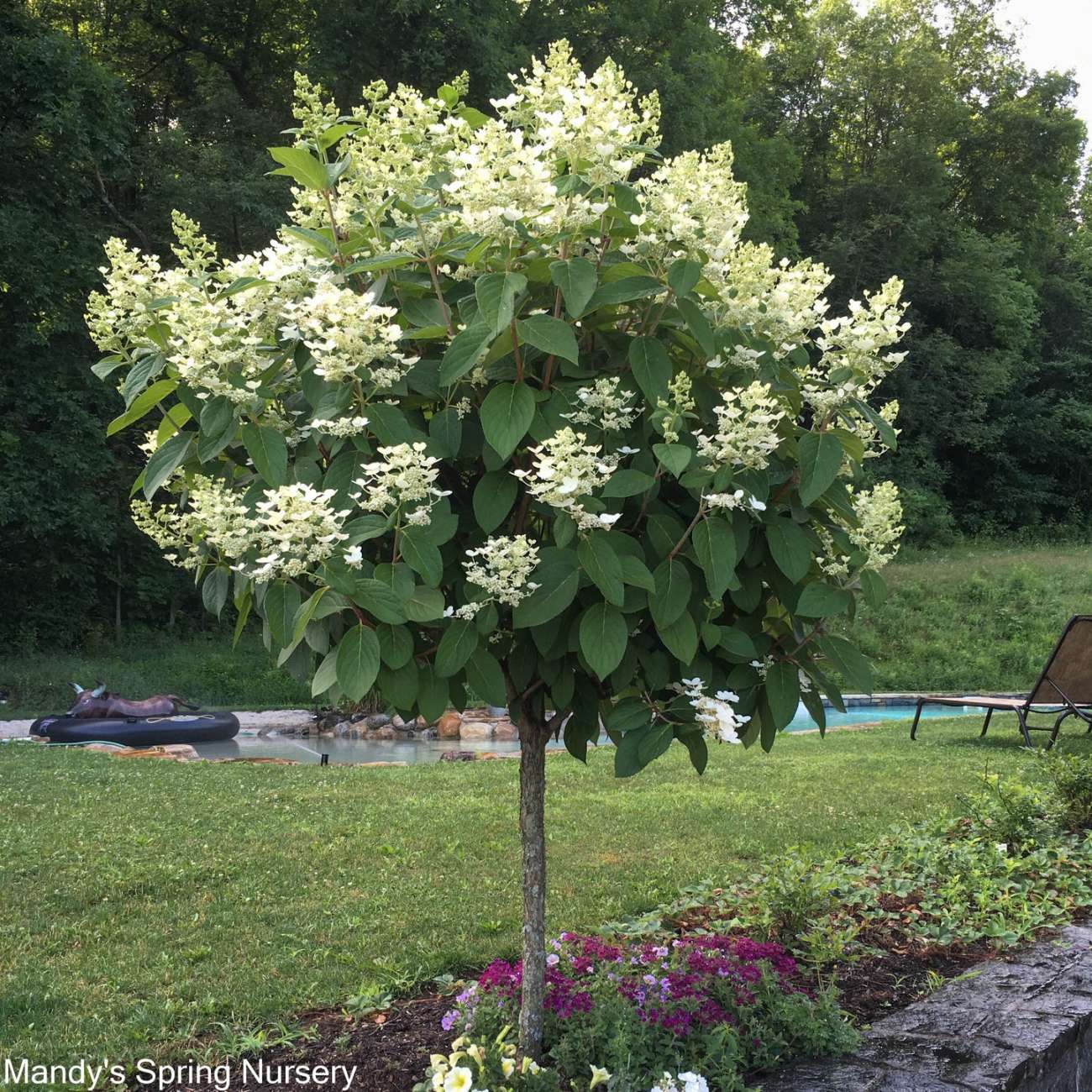
If you’re looking for hydrangea tree landscaping ideas to elevate your outdoor space, this guide is for you. We’ll explore the benefits of planting hydrangea trees, different design options, and companion plants to create a breathtaking display.
The Allure of Hydrangea Trees
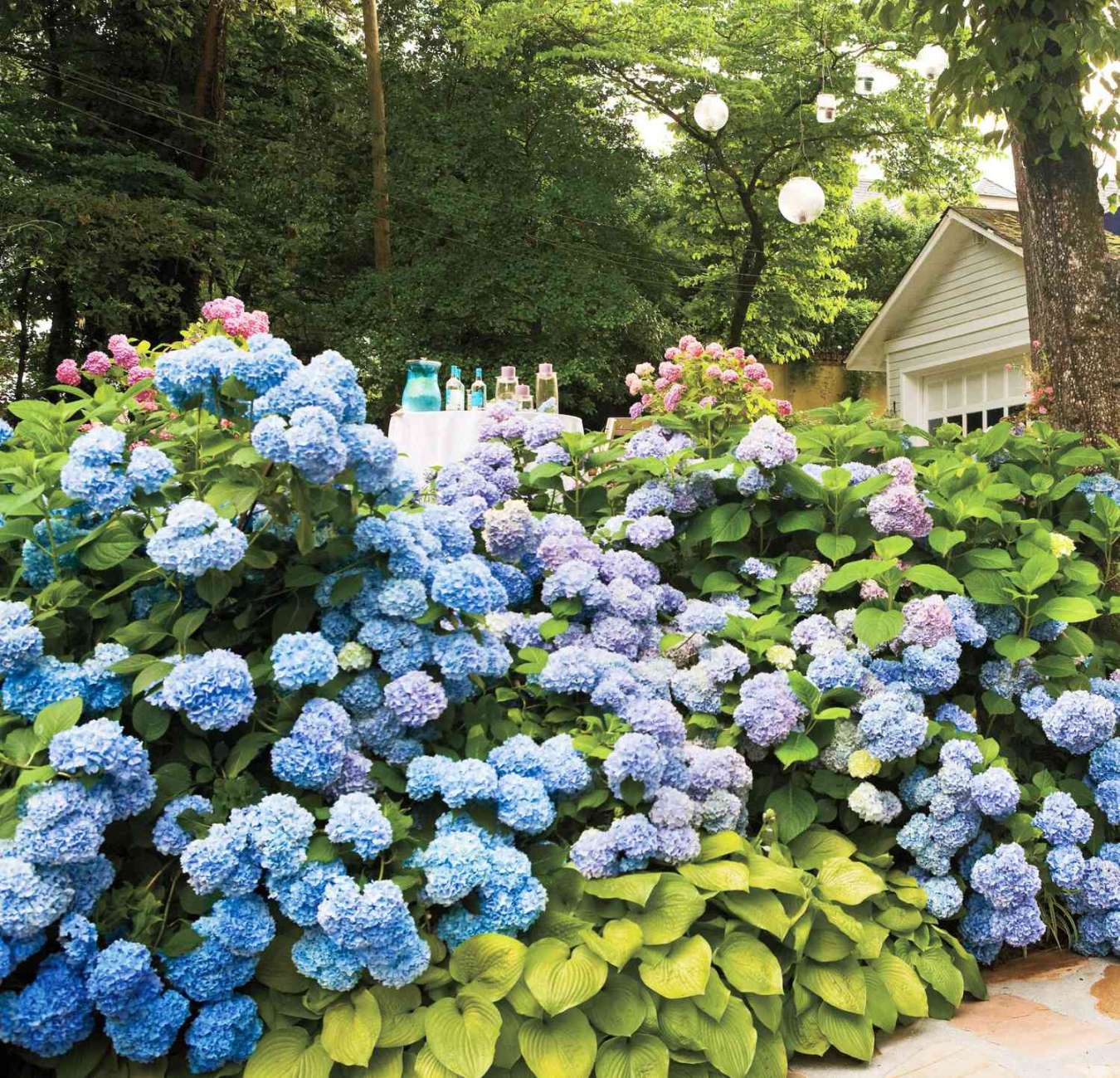
Hydrangea trees offer several advantages for landscapers:
Spectacular Blooms: Large, conical flower clusters in white or creamy-white hues adorn these trees in mid to late summer, creating a captivating focal point.
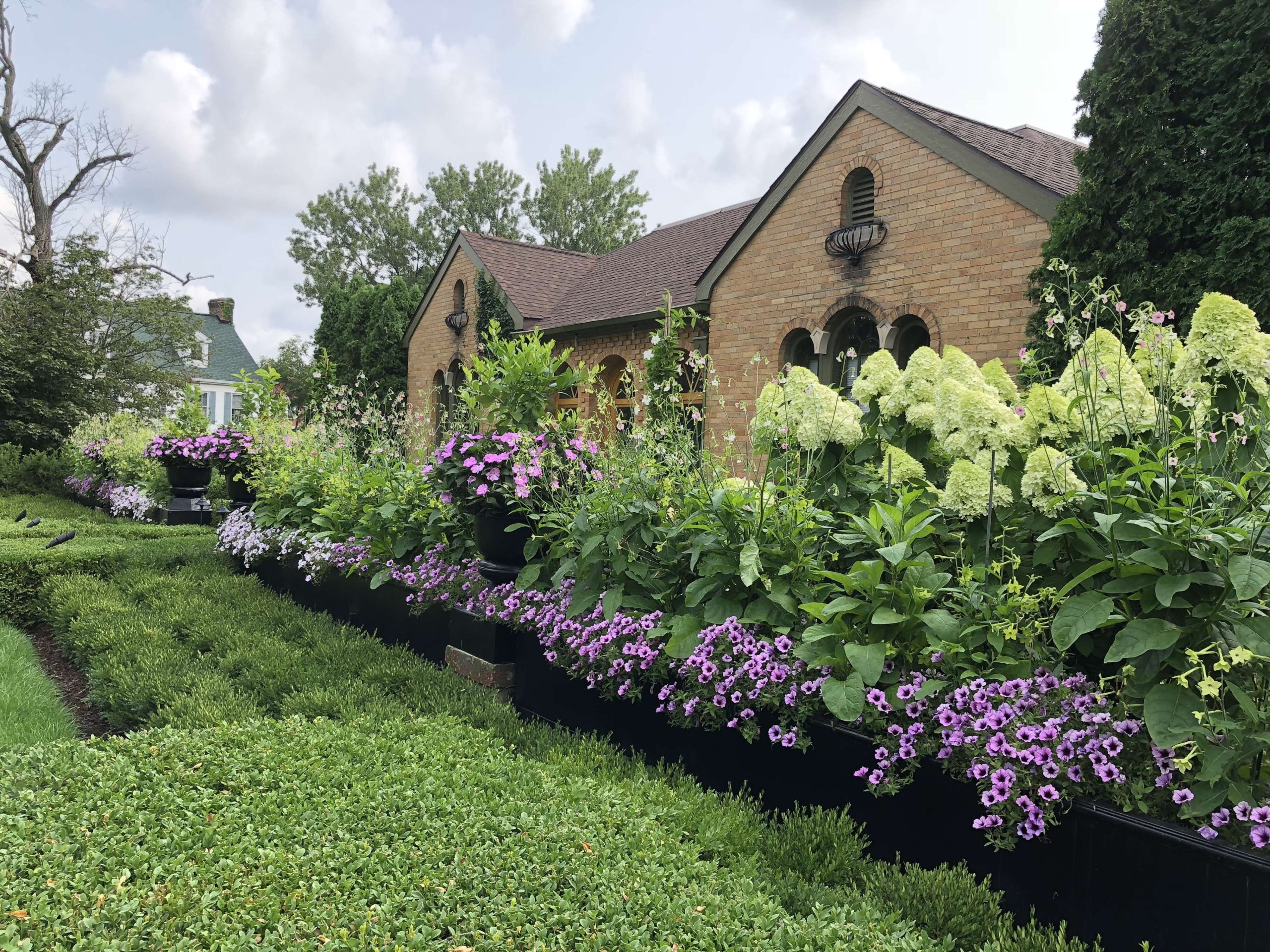
Landscaping Inspiration with Hydrangea Trees
Now, let’s get creative! Here are some ideas to incorporate hydrangea trees into your landscaping design:
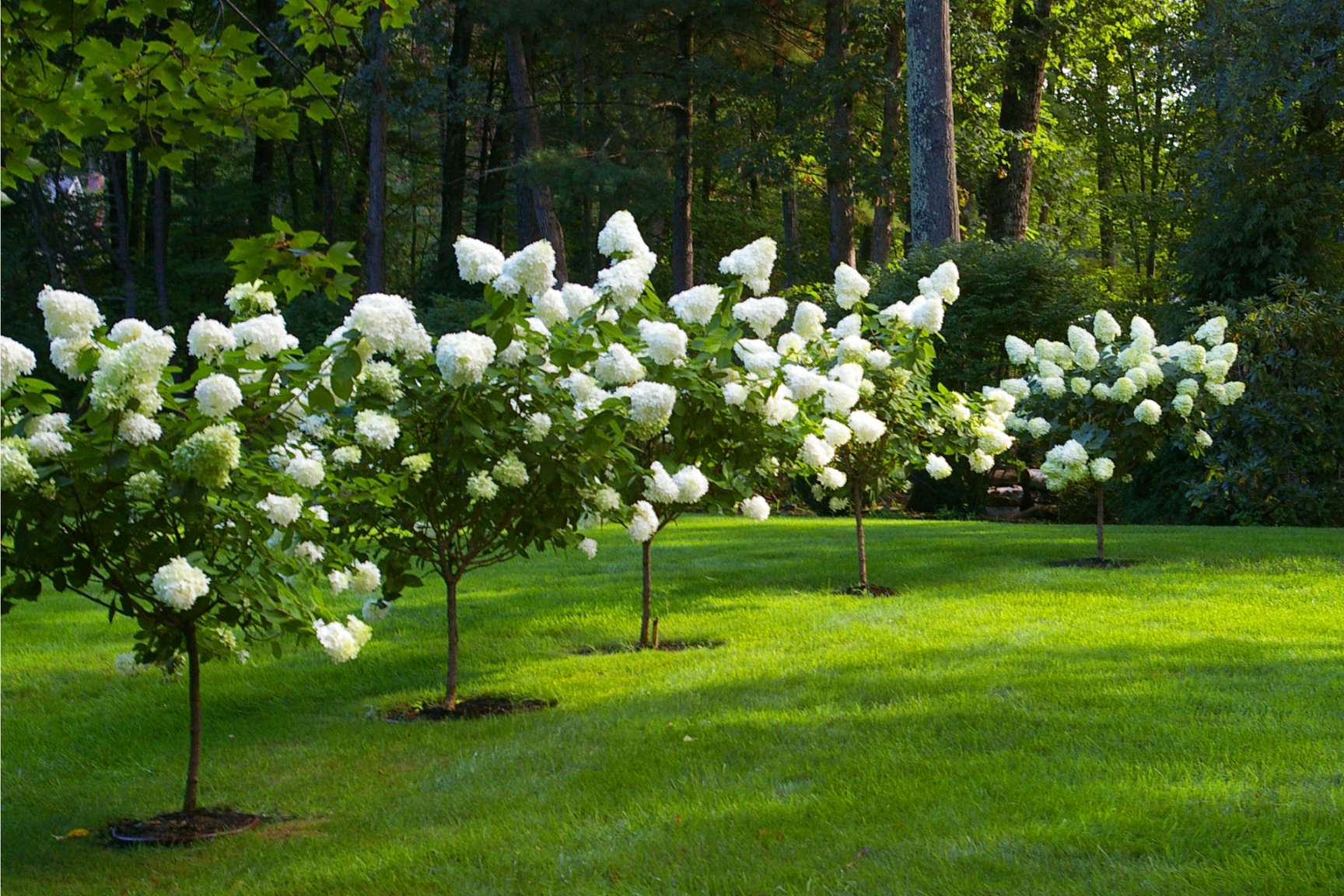
Specimen Planting: Plant a single hydrangea tree as a stunning focal point in your front yard or as a centerpiece in a dedicated flower bed.
Choosing the Perfect Companions

To enhance the visual appeal of your hydrangea tree, consider planting complementary flowers and shrubs nearby. Here are some suggestions:
Early Bloomers: Plant spring-flowering bulbs like tulips or daffodils at the base of the hydrangea tree to add a burst of color before the hydrangeas bloom.
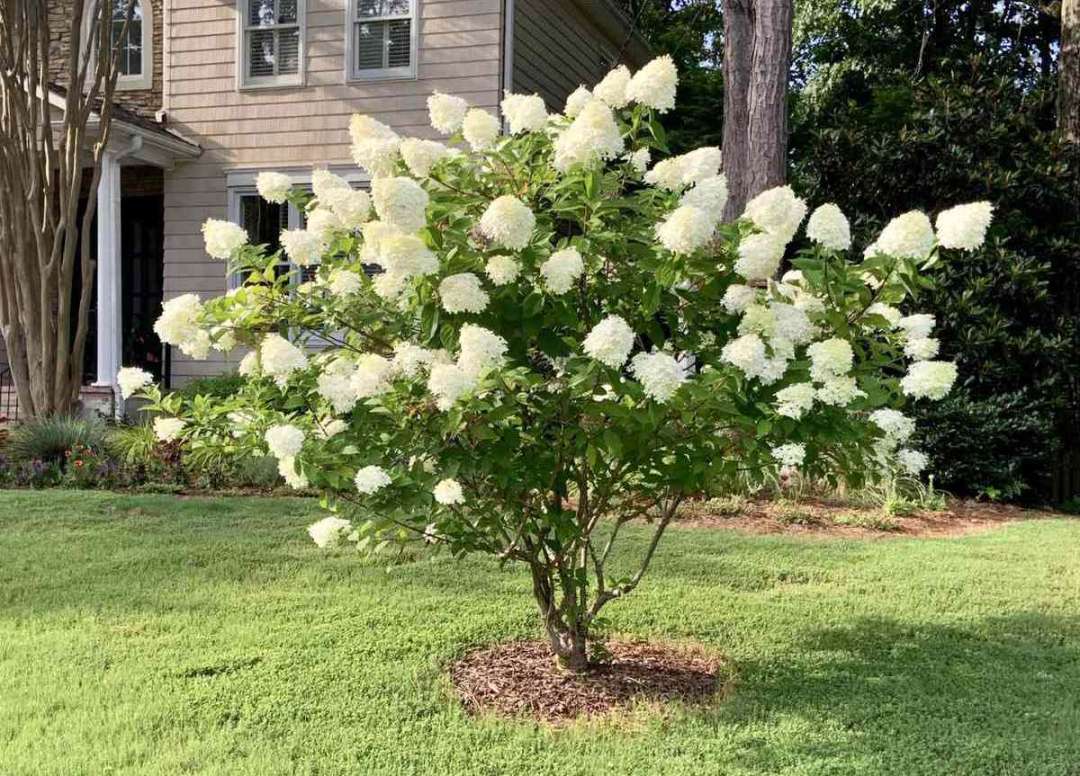
Conclusion
Hydrangea trees offer a unique and captivating way to add floral elegance to your landscape. Their manageable size, beautiful blooms, and easy care make them a popular choice for homeowners. With a little planning and creativity, you can incorporate hydrangea trees into your design and create a stunning outdoor oasis.
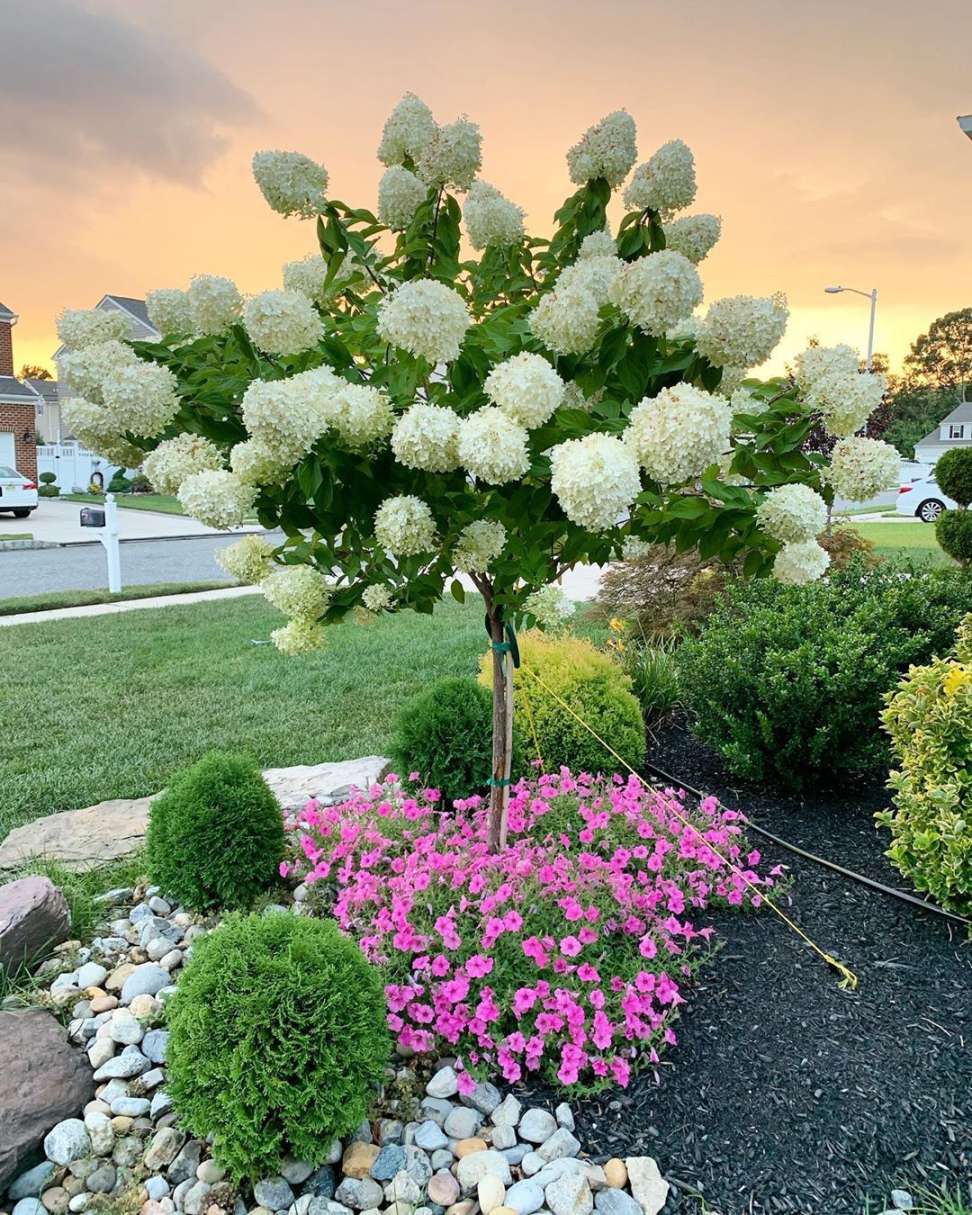
Hydrangea Tree Landscaping FAQs
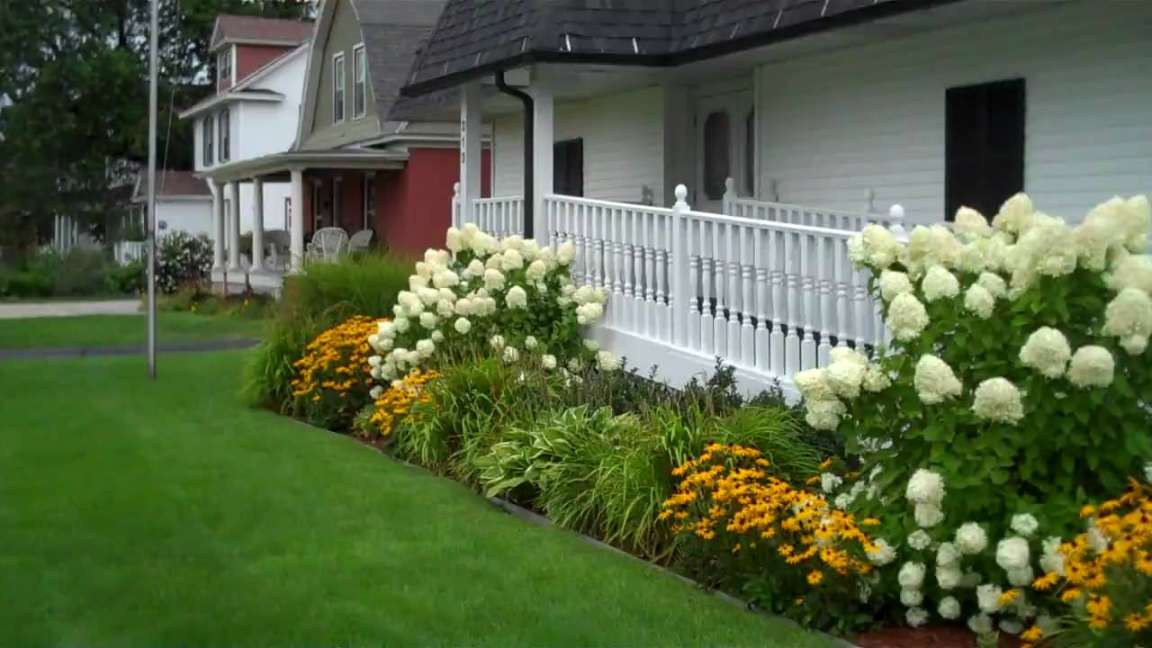
Hydrangea trees prefer partial shade to full sun. However, in hot climates, afternoon shade is recommended to prevent the blooms from scorching.
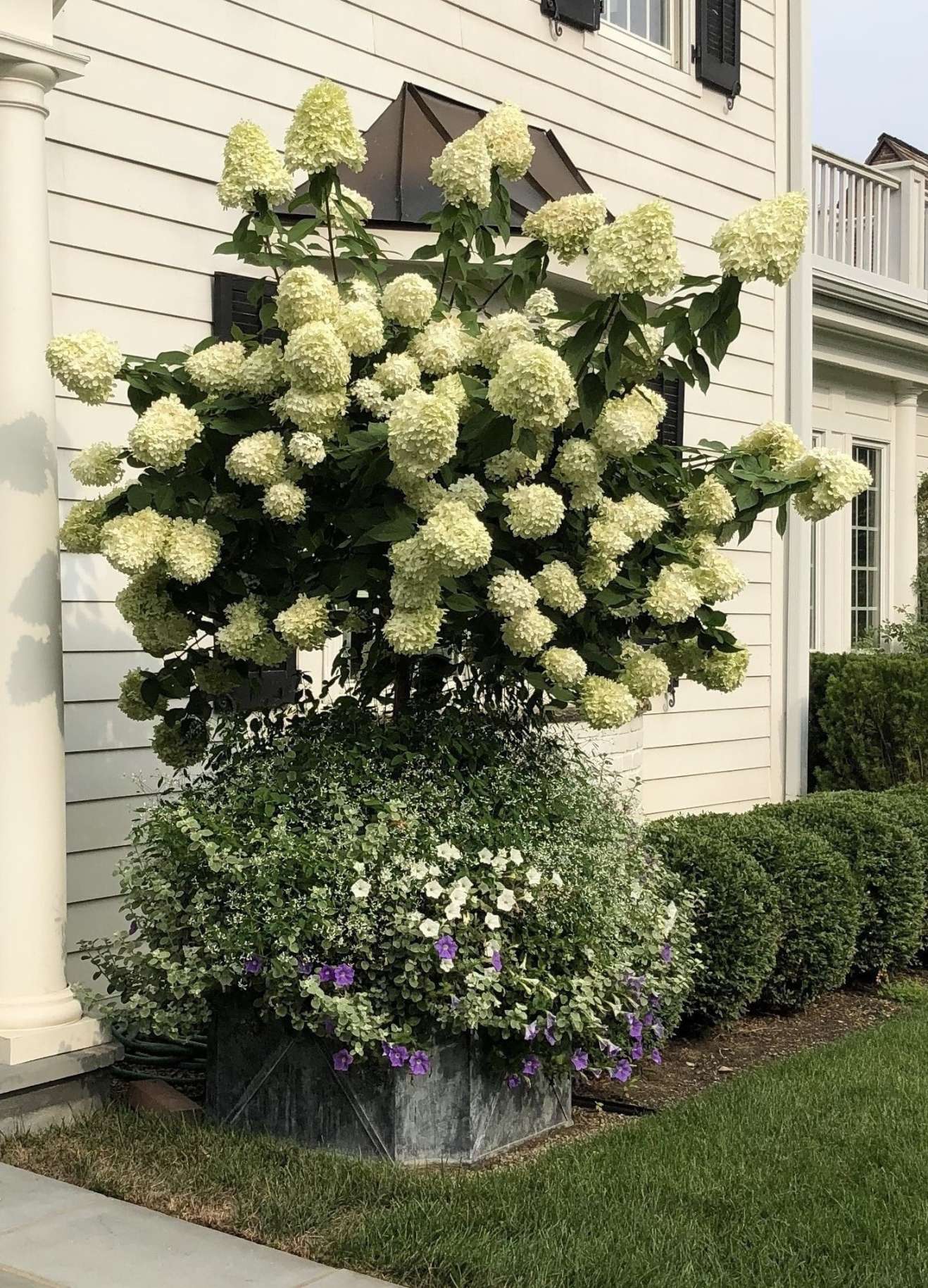
While the blooms themselves typically stay white or creamy-white, some hydrangea tree varieties may exhibit a tinge of green as the flowers mature. The acidity of the soil can also affect the color of some hydrangea varieties, although this doesn’t typically apply to hydrangea trees.
Prune hydrangea trees in late winter or early spring before new growth appears. Remove dead, damaged, or crossing branches to maintain a healthy structure and encourage blooming.
With proper care, hydrangea trees can live for 40 to 50 years or even longer.
Yes, all parts of the hydrangea tree are considered mildly toxic to humans and pets if ingested.

